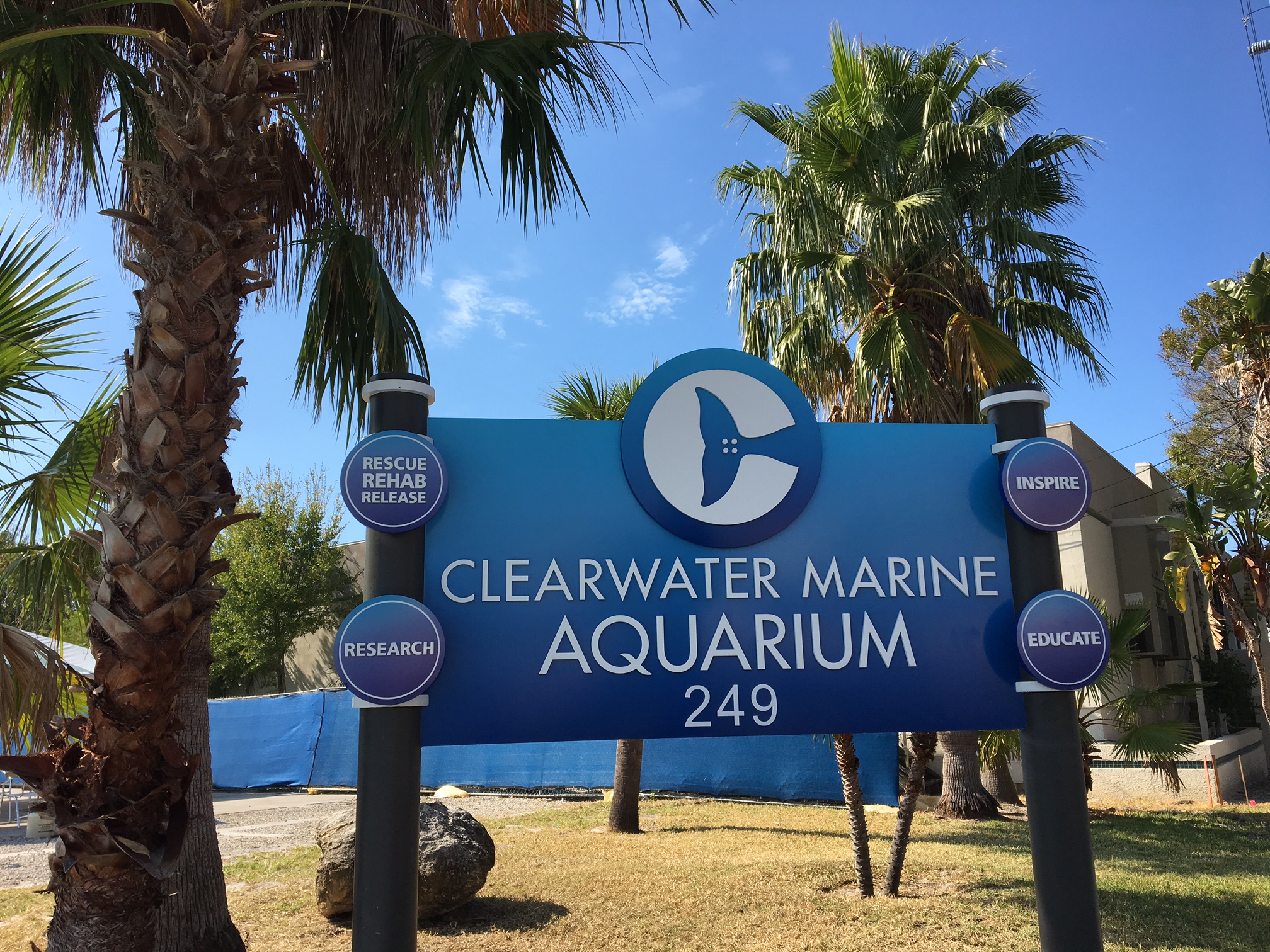How they make it all happen in Clearwater FL


By Eileen Ogintz
CLEARWATER, FL (Day 4) — Lisa Chandler is a woman on a mission.
She wants everyone to love Clearwater Beach “by far the most family oriented beach in the state of Florida,” Chandler declares. There are lifeguards all year round on the beach and alcohol is only permitted at the Hilton Tiki Bar—not on the beach. And then there is the six miles of that beautiful white sand beach. The beach is cleaned and raked daily. This is a very safe place, however old you are.
She knows what she’s talking about. Not only has she raised four kids here, but she’s been in the tourism business for more than 20 years, managing the cabanas, umbrellas and chairs people rent on the miles of white sand beach, dishing up ice-cream and selling souvenirs in two Barefoot Beach House shops. But more important—at least to Chandler and her husband Steve—she spearheaded the development of Pier 60 with the nightly Sunset Festival that draws locals as well as tourists to the pier for music, weekend free outdoor movies, street performers and local artisans.
Chandler also helped make the Sugar Sand Festival happen—2017 will be its fifth year this April 14-23 drawing up to 100,000 from around the world. They come to see the amazing sand creations, made from one thousand tons of sand by a professional team of sand sculptors from Florida company Tea Sandtastic. The fee is modest — $10 for adults, $8 for seniors, first responders, military and teachers, $6 for kids 6-17 and free under six.

But there’s plenty to do that’s free—a giant Camp Hyatt Sandbox (100 feet x 30 feet (at the Hyatt Regency Clearwater) with giant mounds of sand where kids can play; Sand sculpting demonstrations, fireworks, concerts…speed sand sculpting (10 minutes to create something). “People think these sculptures are made from a mold,” Chandler explains. “They don’t realize these sand sculptors are creating art.”
Seeing them at work helps the public appreciate the art in creating these sand masterpieces—even a sand “restaurant,” where certain VIPS may be served sitting at a sand table on sand chairs—eating real food, of course.
In the exhibit, seven of the artists also compete for a $5,000 prize, creating new sculptures as festival goers watch, voting by throwing coins into buckets. The one with the most coin-votes wins and all of the money goes to the local elementary school–$4.000 last year. Chandler has even helped develop a curriculum to teach kids not only about the importance of being good stewards to the environment, but of the value of the tourism industry in a place like Clearwater. “They don’t understand all of the job opportunities they can have right here,” she explains.

“The goal for everyone who comes is to experience the best of Clearwater Beach,” she continues—which includes the beautiful sunsets, the white sand beaches and the locally owned restaurants that serve up their own varieties of local seafood
There are many sand festivals in the United States but this one isn’t designed around competition but rather the art itself and the camaraderie of the community.
“We are not South Beach,” she says. “We are not Daytona Beach. We pride ourselves that we are not a party scene. What separates us is our sand—and the people who come to vacation here and live here.”
The festival, says Chandler, “Showcases our beach and gives people a reason to come visit us.”
Thanks, Lisa!
